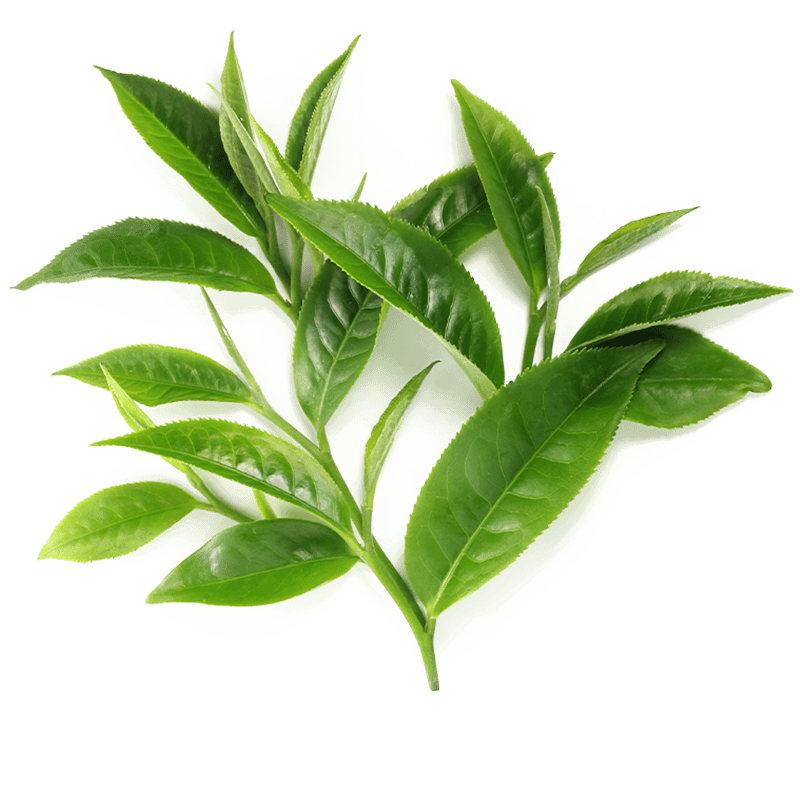Black Tea vs. Green Tea: What’s the Difference and Which is Right for You?
Tsara Tea – Tea is one of the world’s most beloved beverages, enjoyed in countless cultures for centuries. Among the many varieties, black tea and green tea stand out as the most popular and widely consumed. While they both come from the same plant — Camellia sinensis — their differences in processing, flavor, and health benefits make them unique in their own right.
Whether you’re deciding which to drink daily or simply curious about how they compare, understanding their distinctions will help you brew with confidence.
The Main Difference: Processing
The key factor that separates black tea from green tea is oxidation.
- Black Tea: After the leaves are harvested, they are withered, rolled, and fully oxidized. This means the leaves are exposed to air for a longer period, allowing enzymes to react with oxygen. This process deepens the tea’s color, resulting in rich amber or reddish-brown liquor, and produces robust, malty, or sometimes fruity flavors.
- Green Tea: Green tea leaves are minimally oxidized. After picking, they are quickly steamed or pan-fired to stop oxidation, preserving their green color and fresh, grassy flavor. The result is a lighter, more delicate taste profile.
Black Tea: Full-bodied, bold, and sometimes malty or sweet. Popular black teas like Assam, Darjeeling, Ceylon, and Earl Grey can range from brisk and astringent to smooth and mellow. Black tea is often enjoyed with milk, sugar, or lemon, though many drink it plain.

Green Tea: Fresh, vegetal, sometimes floral, with a hint of natural sweetness. Japanese green teas like Sencha and Matcha tend to have a grassy, umami flavor, while Chinese varieties such as Dragon Well (Longjing) are more nutty and toasty.
Caffeine Content
Both teas contain caffeine, but generally:
- Black Tea: 40–70 mg caffeine per 8 oz cup
- Green Tea: 20–45 mg caffeine per 8 oz cup
The exact amount depends on leaf grade, brewing time, and water temperature. If you want a more energizing cup, black tea tends to be stronger, while green tea offers a gentler lift.
Health Benefits
Both black and green tea are rich in antioxidants, but their specific compounds differ due to processing.
- Black Tea: Contains theaflavins and thearubigins, which support heart health, improve cholesterol levels, and may promote gut health.
- Green Tea: Rich in catechins, particularly epigallocatechin gallate (EGCG), known for supporting metabolism, reducing inflammation, and promoting brain health.
Research suggests that both teas can help improve focus, protect against cell damage, and support cardiovascular health.


Black Tea Brewing Guide:
- Water Temperature: 90–100°C (194–212°F)
- Steeping Time: 3–5 minutes
- Ratio: About 1 teaspoon (2–3 g) per 8 oz water
Green Tea Brewing Guide:
- Water Temperature: 70–85°C (158–185°F)
- Steeping Time: 1–3 minutes
- Ratio: About 1 teaspoon (2–3 g) per 8 oz water

Tip: Using boiling water for green tea can make it bitter, while under-steeping black tea may leave it weak.
Cultural Significance
- Black Tea: In countries like the UK, India, and Sri Lanka, black tea is a daily ritual — often part of breakfast or afternoon tea. In China, Keemun and Yunnan black teas are celebrated for their complexity and depth.
- Green Tea: Central to Japanese tea ceremonies, symbolizing harmony and respect. In China, green tea is enjoyed throughout the day as a refreshing, health-promoting drink.

Which Should You Choose?
It comes down to your taste, health goals, and desired caffeine level:
- Choose Black Tea if: You enjoy bold, full-bodied flavors and a stronger caffeine kick. Perfect for mornings or with milk and sugar.
- Choose Green Tea if: You prefer lighter, fresher flavors and a gentler energy boost. Great for afternoon sipping and health-conscious drinkers.
The Best of Both Worlds
Many tea lovers enjoy both, choosing black tea for a robust morning start and green tea for a calming afternoon break. Some blends even combine the two, offering a balance of flavor and benefits.
Final Thoughts
Though black tea and green tea begin life on the same plant, their journey from leaf to cup transforms them into entirely different experiences. Black tea offers richness and strength, while green tea provides freshness and delicacy. There’s no “better” option — only the one that suits your mood, moment, and taste.
In the end, the perfect tea is the one that makes you look forward to your next cup. So why not brew a pot of each and let your senses decide?

